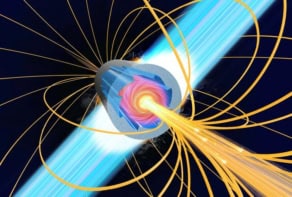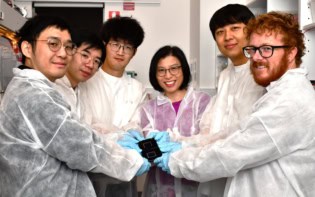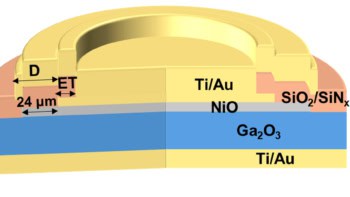Plasma physics in the UK gets a boost today with the completion of an upgrade to the Vulcan laser at the Rutherford Appleton Laboratory near Oxford. The upgrade will increase the power of the neodymium-glass laser by a factor of 10, and will also add a third target station for ultra-high-field experiments. Vulcan is used to study high-intensity interactions between light and matter.

Following the upgrade, Vulcan will have a power of 1 petawatt – 1015 watts – which can be focused to give an intensity in excess of 1021 watts per square centimetre. When such an intense beam strikes a solid target, it instantly produces a plasma that the laser continues to interact with. As the laser beam travels through this plasma it can accelerate electrons and these high-energy electrons can, in turn, give rise to intense beams of protons or ions.
The increase in the intensity of Vulcan will result in a number of new applications. By accelerating electrons to energies of several giga-electronvolts (109 eV) over distances of a few millimetres, Vulcan could serve as a prototype for a new kind of intense X-ray source. It will also be used for research into the “fast ignition” approach to inertial-confinement fusion, and the high intensities available could make it possible to observe new phenomena such as pion production.
The £5m upgrade has been paid for by a grant from the Engineering and Physical Sciences Research Council and through the provision of specialized optical components from the Lawrence Livermore National Laboratory in the US. Users will have access to the new-look Vulcan from November.


